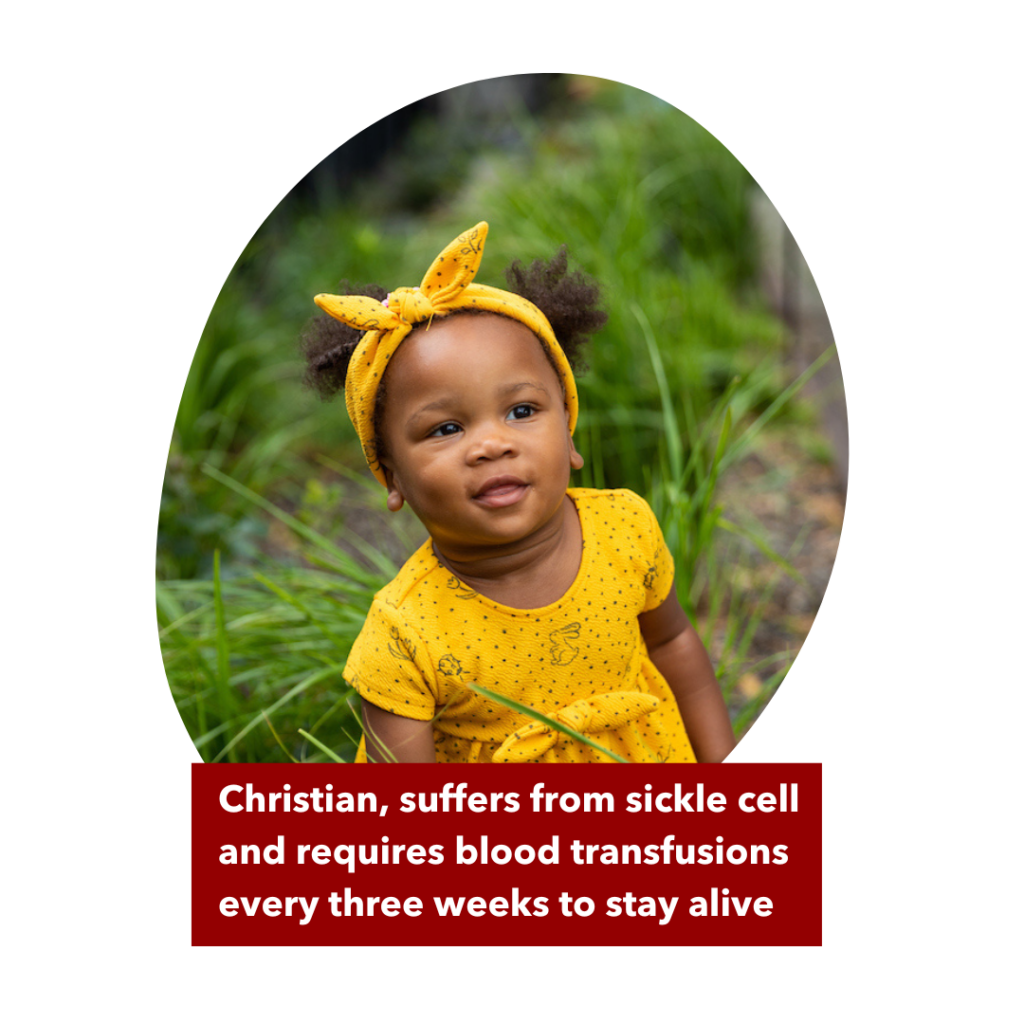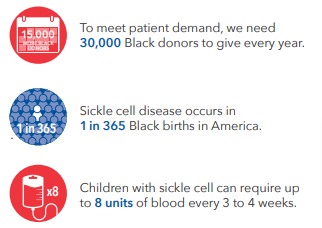
Are You Someone’s PreciseMatch®?
PreciseMatch® focuses on the blood needs of patients in our communities who require specific blood types for transfusions.
New York Blood Center needs blood from donors with diverse ethnic and ancestral backgrounds to serve our very diverse population and help us maintain an inventory of blood that can be more precisely matched to patients.

Why is PreciseMatch® vital to our community?
For most blood transfusions, patients are matched with donor blood based on their major blood groups such as O, A, B, and AB. However, there are many subgroups or unique types that can become important for patients who receive blood regularly to avoid the body rejecting future blood transfusions.
The need for African American and Latino/Hispanic donors
People with the same ancestral heritage are more likely to have the same blood groups. Patients need to be closely matched with blood from donors with the same ancestral heritage to reduce the chance of complications.

There is a greater prevalence of type O blood in African American and Latino/Hispanic populations. Blood donations from African American and Latino/Hispanic donors can treat a broader cross-section of patients than can blood donations from Caucasians.
The Latino/Hispanic population is increasing at a rate three times the national average for all other ethnic groups. Recruiting new and retaining current Latino/Hispanic blood donors is important to maintain the overall volume of blood in the U.S. system.
Certain African American and Latino/Hispanic patients require very closely matched blood products. This includes those who have rare blood types or medical conditions necessitating multiple blood transfusions, like sickle cell disease.
What is Sickle Cell Disease?
Approximately 100,000 people in America suffer from a blood disorder called sickle cell disease. It is an inherited blood disorder and one of the most severe forms of the disease is sickle cell anemia. It can cause intense pain, pulmonary hypertension, organ damage, and can induce a stroke. There is no known cure for the disease; however, the most common treatment is blood transfusions.

